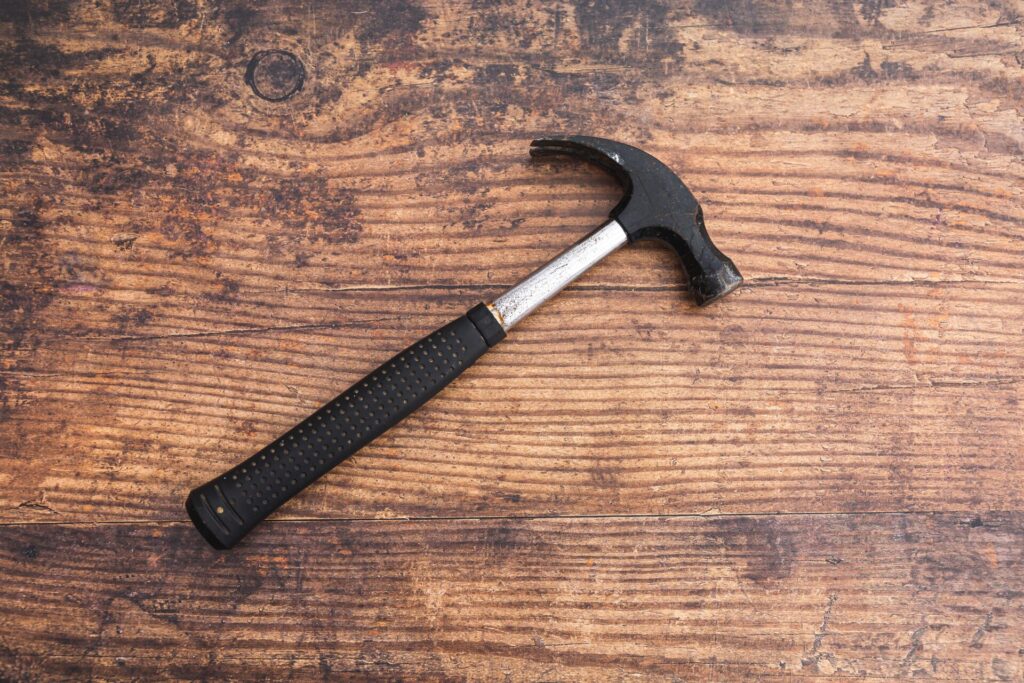What is a Hammer Toe? Here are some facts about this condition
Hammer toe is a deformity of the toe in which the toe bends downward at the middle joint, causing it to resemble a hammer. Hammer toes appear on the second to fourth toes and are more common in women than men. It tends to develop overtime but sometimes they can be present at birth or occur as a result of trauma to the toe.
Starting as a small and flexible bend in the toes, hammer toes can quickly progress to rigid and permanent toe deformities if left unmanaged. Anyone can develop a hammer toe at any age.
This condition can either be flexible or rigid. Flexible hammer toes are still moveable and can be straightened with applied pressure, these are less severe. However, rigid hammer toes cannot be straightened with force and require more invasive treatment like surgery to be corrected.
Causes of Hammer Toe
Hammer toes are caused by an imbalance in the muscles, tendons and ligaments surrounding a toe that usually work together to keep it straight. If that contracted position remains over time, these structures become rigid and permanently fixed in that position.
The following are factors that can lead to hammer toes developing:
- Bunions
- Medical conditions: diabetes mellitus, arthritis, synovitis, and some neurological conditions can cause hammer toes to develop
- Tight fitting shoes
- Trauma: blunt force trauma to the toe or plantar plate injuries
- A longer second toe
- Gender: women commonly affects than men
- Genetics
- Age
Treatments of Hammer Toe
Conservative treatments is the best option if caught in early stages.
- Custom made shoe inserts (orthotics) will help redistribute weight and ease the position of the toe.
- Footwear 👟 with a wide and deep toe box
- Stretching and strengthening of muscles
Prevention
Here are some ways you can prevent a hammer toe:
- Wear supportive well fitted shoes.Make sure they aren’t too narrow and have a reduced heel allowing space for your toes.
- If prescribed custom orthotics for certain foot conditions wear them to help prevent hammer toes forming as a complication.
- Visit your podiatrist at the first signs of a hammer toe developing
Hammer toes are progressive – they don’t go away by themselves and usually they will get worse over time. However, not all cases are alike – some hammer toes progress more rapidly than others. Hence, this condition should be seen by a podiatrist and get treated immediately.
Are you experiencing this condition? One of our podiatrist can assist and recommend what treatment options are best to get you back on track. ✅
Schedule an appointment here or you may call us at 44 (0) 207 101 4000. 📞
We hope you have a feetastic day! 👣☀️
-The Chelsea Clinic and Team




